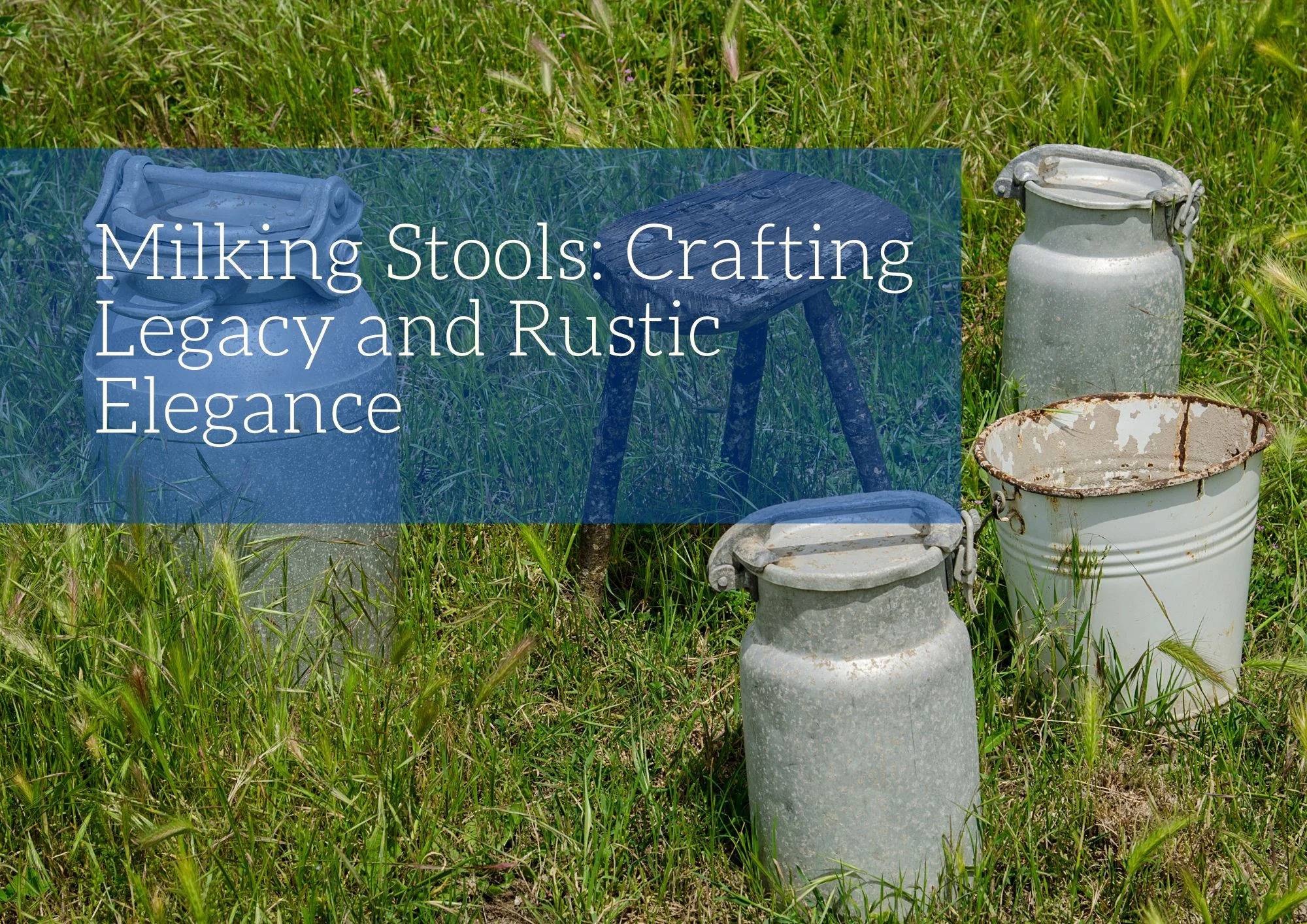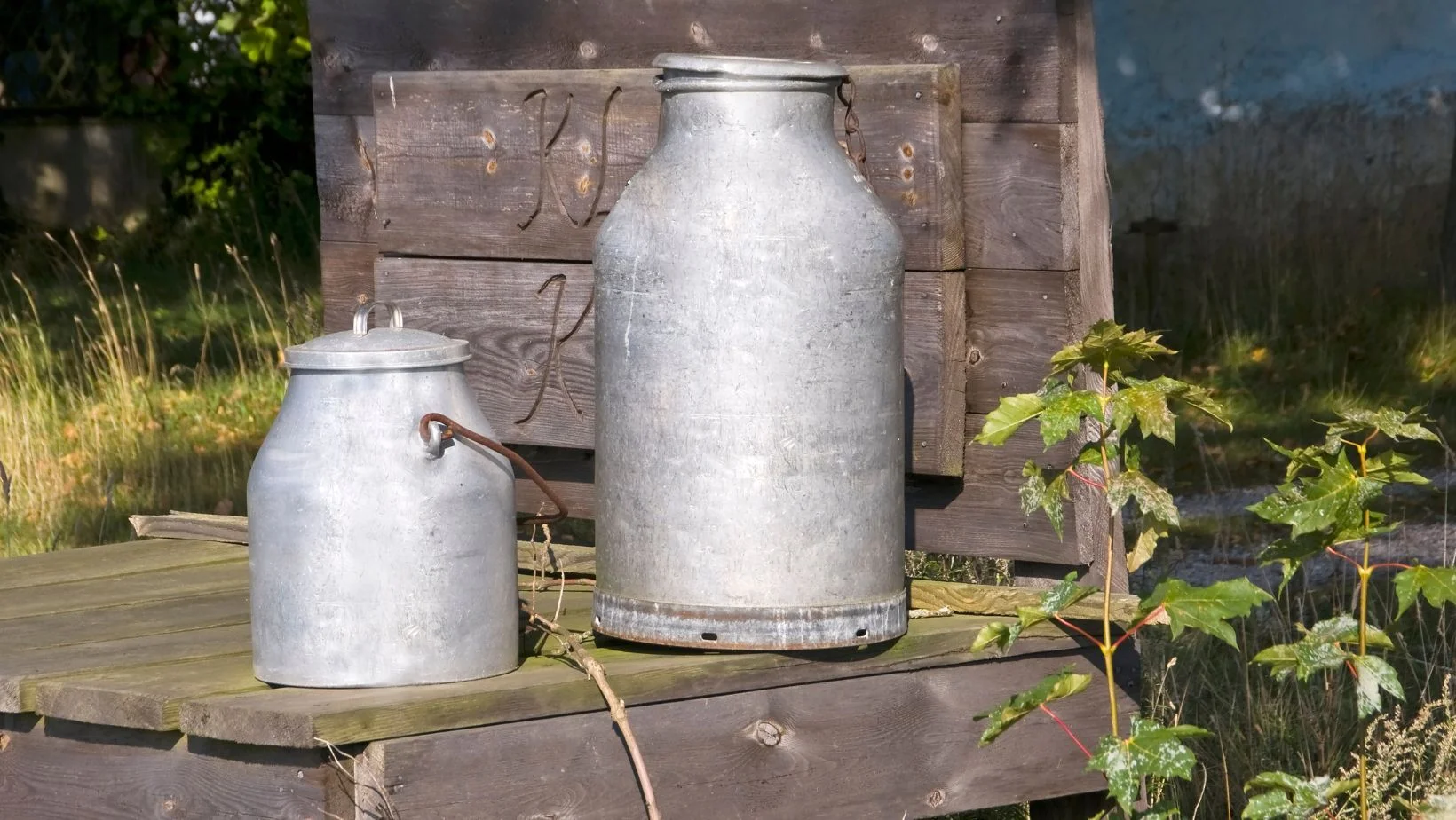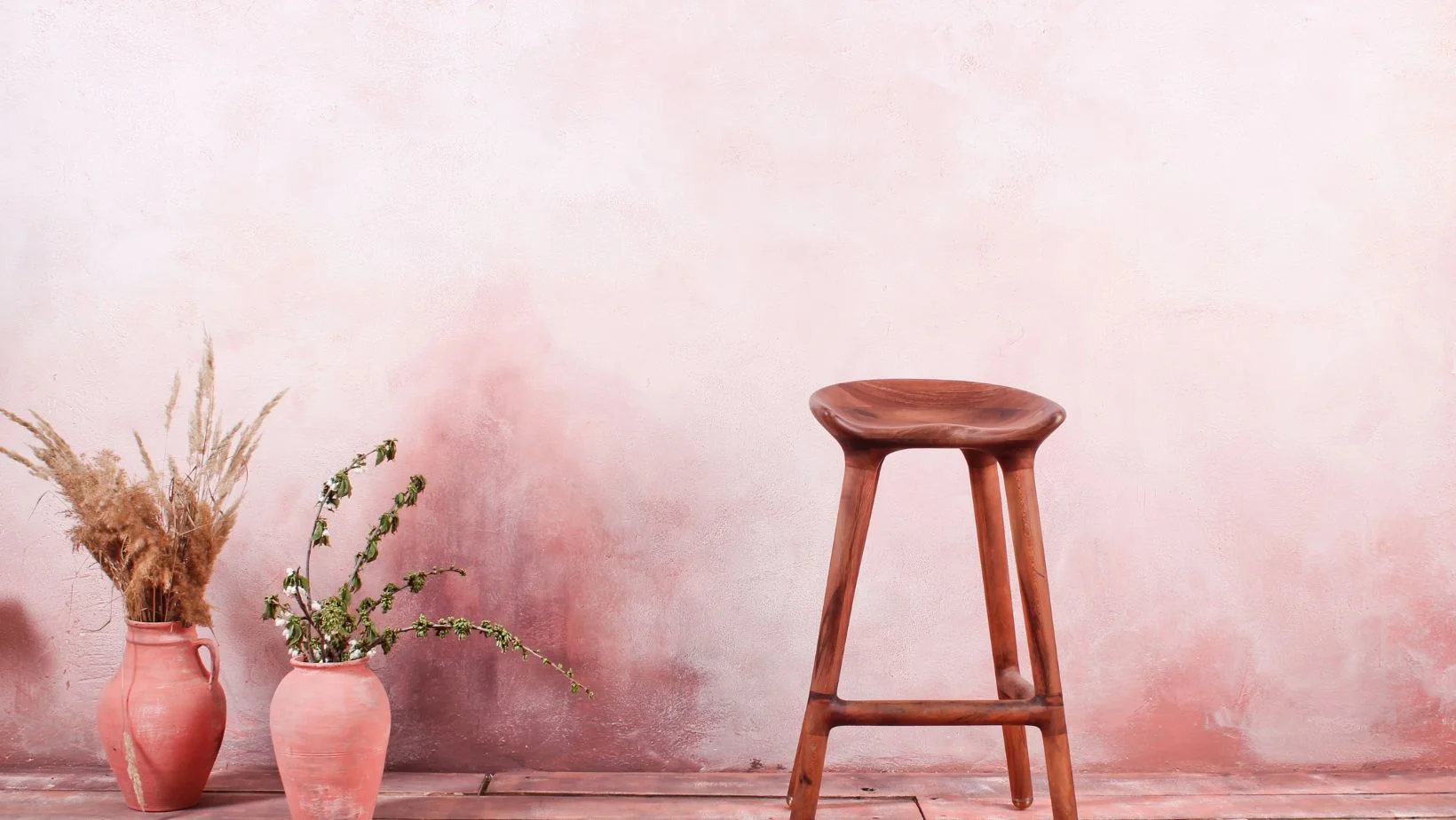Step into the enchanting world of milking stools, where functionality meets artistry, and farm life weaves a tale of timeless charm. Beyond their utilitarian roots, these humble seats are a testament to the enduring craftsmanship and rustic elegance that have graced the agricultural landscape for generations. Join us on a journey through the history, design intricacies, and captivating allure of milking stools.
What Is a Milking Stool?
Dating back centuries, this stool exemplifies a common form of seating, frequently employed for milking cows, sheep, and goats. The stability of its three legs ensured steadiness on uneven surfaces, and its low height facilitated easy milking from behind.
What Is the History of Milk Stools?
In nineteenth-century England, milking cows was a vital and routine part of farm life, carried out in both the open fields and the shelter of cowsheds during the winter months. Milkmaids, with buckets and milking stools, would venture out to tend to the animals.
These milking stools were crafted from elm wood with ash legs, typically adopting a three-legged design. The intentional choice of three legs provided a stable base, allowing the milkmaid to lean forward into the cow without the risk of toppling over, especially on uneven ground.
The milking process itself involved a delicate and rhythmic technique. With her face against the cow’s flank, the milkmaid would use her hands in a slow, pulsating motion, replicating the natural pattern of a calf suckling. While milk production varied, the average yield was between 10 and 15 liters daily.
Milking was a ritual done twice daily, occurring early in the morning and again around noon. The freshly obtained milk was then transported back to the farm dairy. There, it transformed into butter and cheese or was chilled for sale as wholesome milk.
Milking Stools in Modern Homes
Beyond their farmstead origins, these versatile pieces serve as captivating accent furniture. Whether repurposed as standalone statement pieces, side tables, or plant stands, milking stools infuse spaces with an authentic, rustic charm.
Preserving Heritage
As we embrace modernity, the imperative to protect the legacy of milking stools becomes apparent. Explore initiatives and communities dedicated to preserving this venerable tradition. Witness how these iconic pieces continue to captivate enthusiasts, ensuring their enduring appreciation across generations.
Beyond their pragmatic origins, Milking stools emerge as eloquent embodiments of the marriage between history and design. Milking stools beckon as timeless artifacts, whether you are drawn to their historical significance or enchanted by their rustic elegance. Embrace this legacy, consider the integration of these functional masterpieces into your living space, or embark on a DIY venture to leave your mark on the narrative of craftsmanship.









